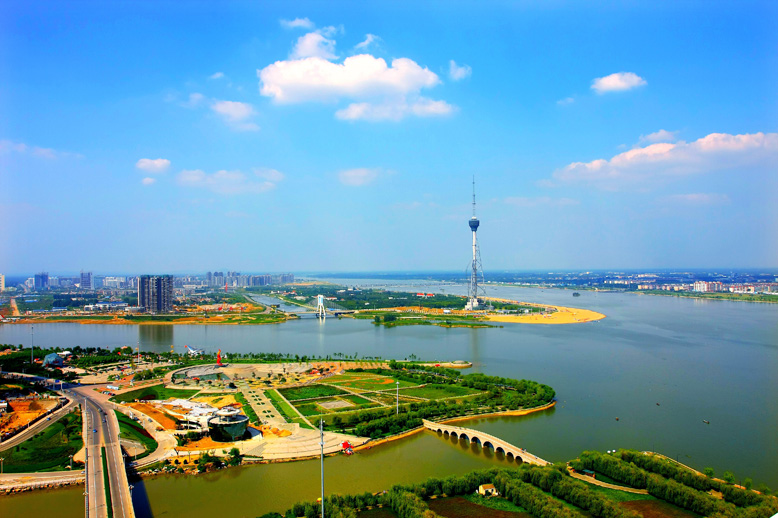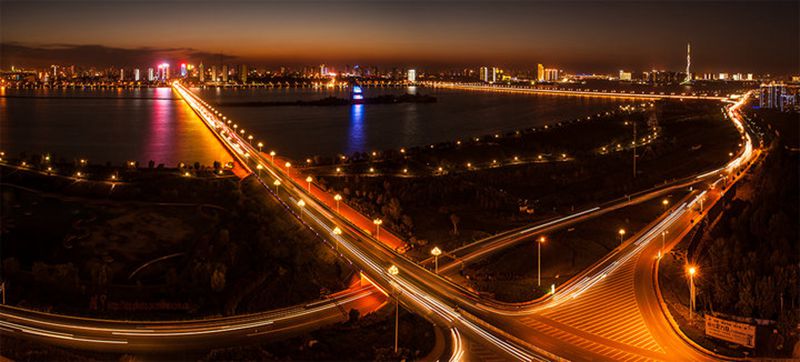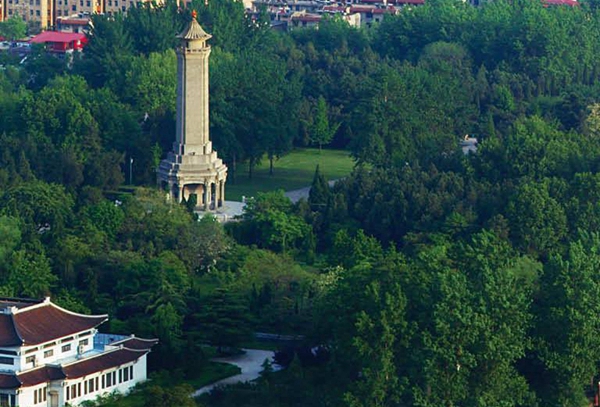Linyi is located in the southeast of Shandong Province, close to the Yellow Sea and North Jiangsu to the south. It now governs 9 counties, 3 districts and 3 development zones, including 2 national development zones, 157 townships and streets, 7167 administrative villages (residences), with 10.81 million people and a total area of 17200 square kilometers. Plains, mountains and hills account for one third respectively. It is the city with the largest population and area in Shandong Province.

Linyi has successfully established a national civilized city, a national model city of double support, an excellent tourist city in China, a national garden city, a national model city of environmental protection, a national forest city and a national health city. It has been awarded the title of famous Chinese calligraphy City, Chinese geothermal City, Chinese market city, Chinese logistics capital and Chinese hot spring city. In 2009, Linyi was rated as one of the 60 "representative cities of China's urban development" in the 60th anniversary of the founding of new China by the National Bureau of statistics. In the survey of 294 cities' happiness released by the Chinese Academy of Sciences in 2011, Linyi residents' happiness ranked second.

The ancient cultural city has a history of more than 2500 years. Qiyang city was built in the spring and Autumn period, Langya County in the Qin Dynasty, Linyi County in the Han Dynasty and Yizhou Prefecture in the Qing Dynasty. Linyi special area was established in 1950. In 1994, Linyi city was changed into a prefecture level city with the approval of the State Council. Linyi has a splendid history and culture. The bamboo slips of Sun Tzu's art of war and Sun Bin's art of war, which are well-known at home and abroad, were unearthed in Linyi city. 13 of Confucius' 72 sages grew up in Linyi. In history, there are 7 filial piety in Linyi. Zhuge Liang, Wang Xizhi, Yan Zhenqing and Liu Hong, the inventor of abacus, were born or once lived here.
During the war of resistance against Japan and the war of liberation in the old revolutionary base areas, our party and army successively established Binhai, central Shandong and southern Shandong revolutionary base areas here. In August 1940, Shandong wartime work Implementation Committee, the first provincial people's political power ruled by the Communist Party of China, was established here, which was renamed Shandong Provincial People's Government in 1945. Shandong party, government and military organs, the 115th division of the Eighth Route Army, the first column of the Eighth Route Army, the New Fourth Army, East China Bureau organs and East China Field Army have been stationed here for a long time. Liu Shaoqi, Chen Yi, Luo Ronghuan, Xu Qianxiang, Su Yu and other proletarian revolutionaries of the older generation have all worked here. At that time, there were 4.2 million people in the base area, more than 1.2 million people supported the army, more than 200000 people participated in the army and the war, and more than 100000 revolutionary martyrs sacrificed their precious lives here. During the revolutionary war, a large number of pre model figures emerged, such as the red sister-in-law and the six sisters of Yimeng.

Resource rich cities have high output and good quality of agricultural and sideline products. There are eight characteristic bases of peanut, yellow tobacco, silkworm, willow weaving, ginkgo, honeysuckle, chestnut and tea, and two advantageous industries of vegetables and fruits. There are many kinds of mineral resources. There are 78 kinds of minerals with discovered and proved reserves. Among them, the reserves of dolomite rank first in China, and the reserves of diamond, quartz sand and ceramic soil rank second in China. Relying on its rich resource advantages, it has cultivated and expanded eight pillar industries: food, metallurgy, chemical industry, wood industry, machinery, building materials, medicine, textile and clothing. Last year, the number of Industrial Enterprises above Designated Size in the city reached 3150, with an added value of 123.07 billion yuan; Five and 66 enterprises with an output value of more than 10 billion yuan and one billion yuan respectively, and 45 enterprises with a profit and tax value of more than 100 million yuan.

